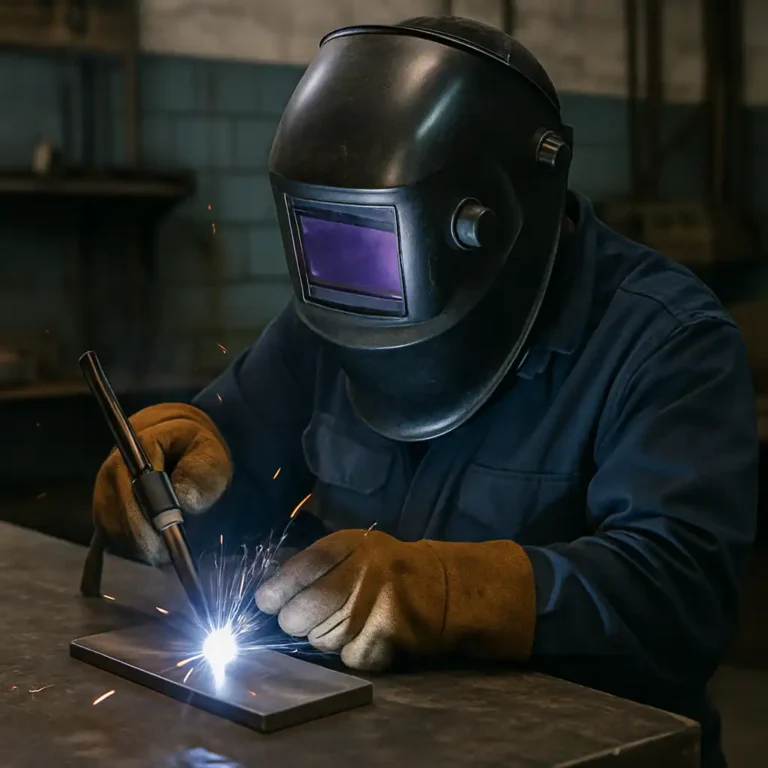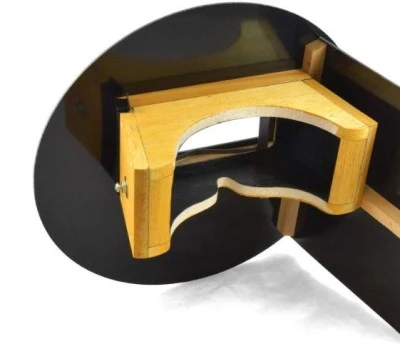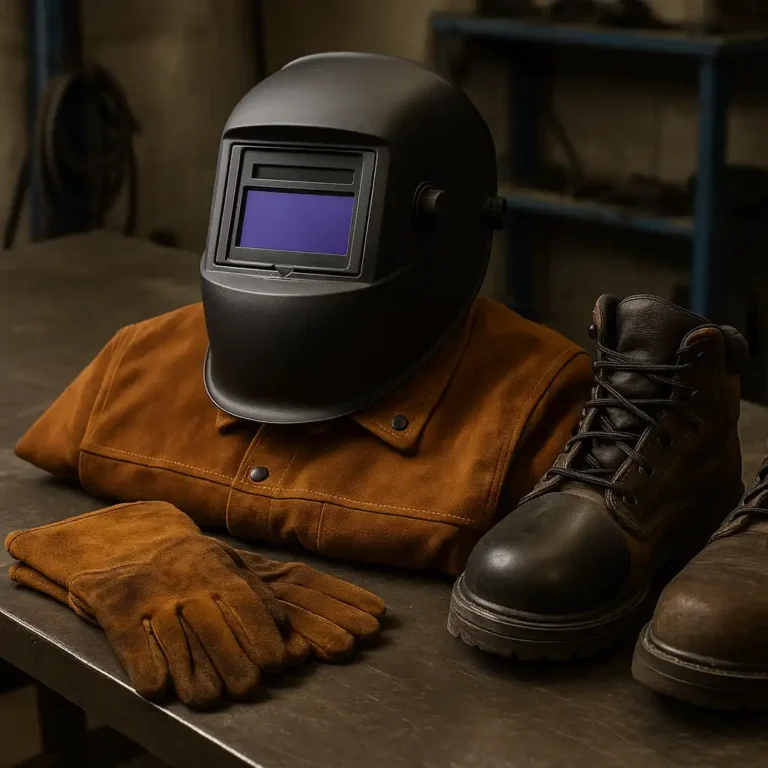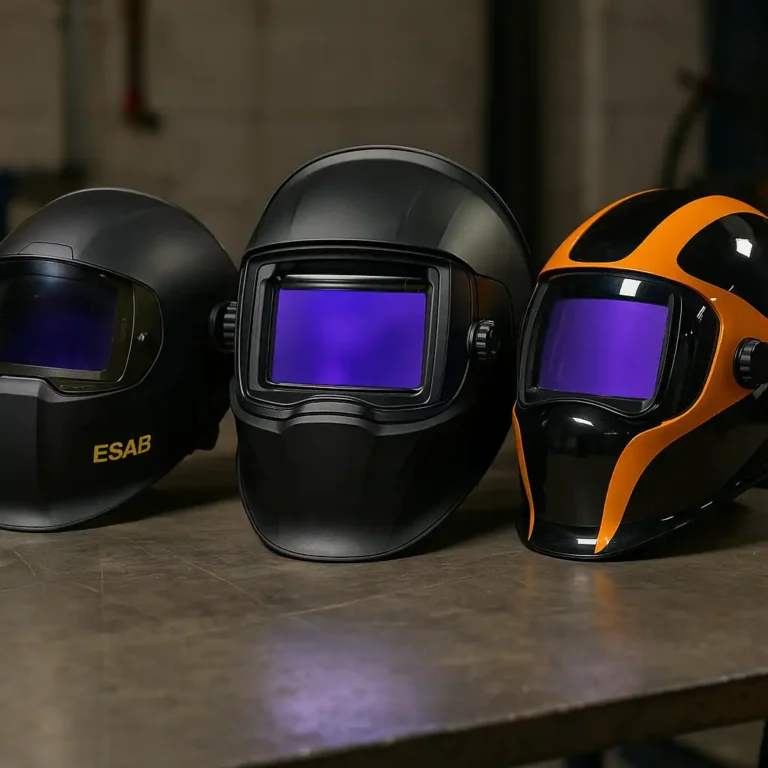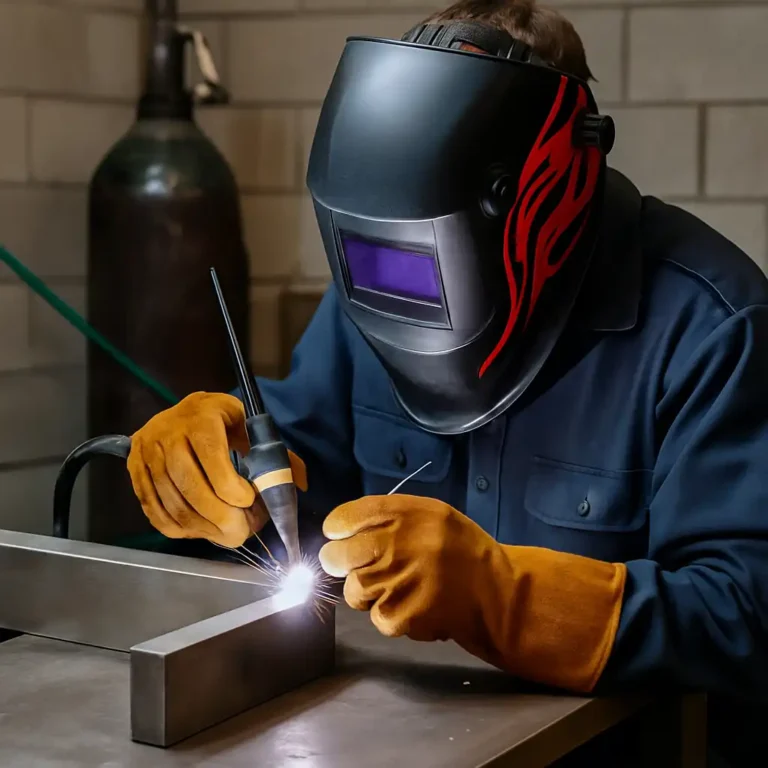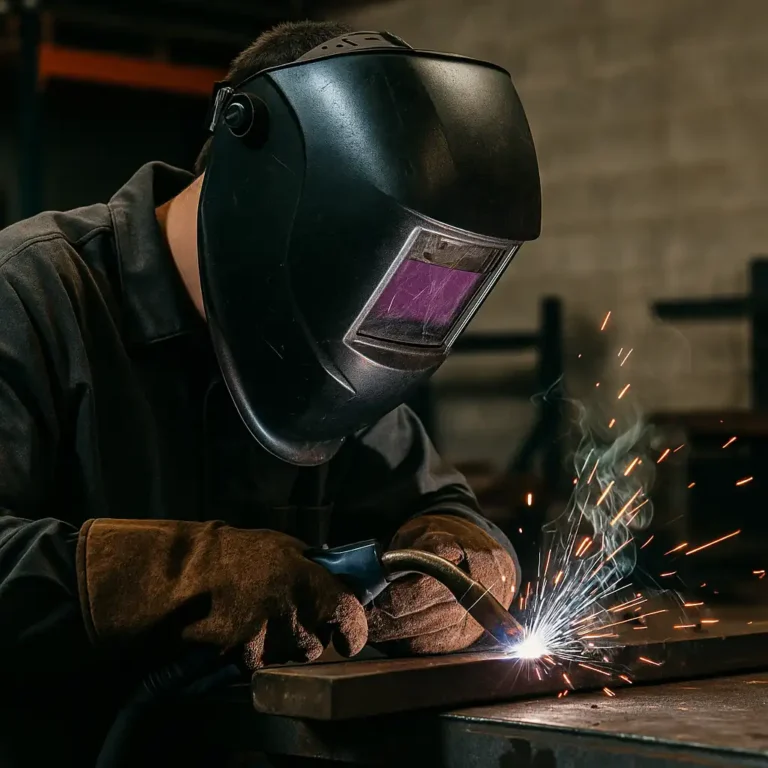Welding Helmet Mistakes Welders Should Avoid in the Shop
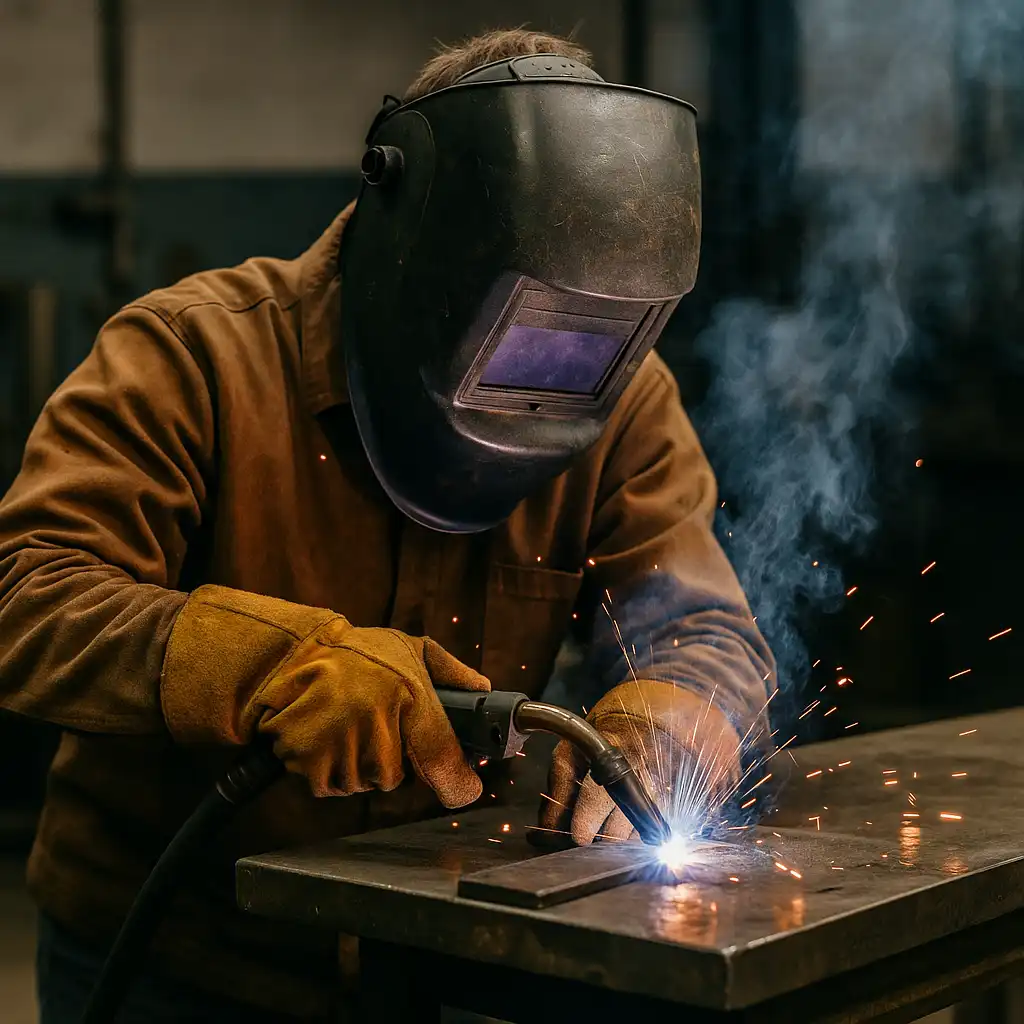
Disclosure: This post contains affiliate links. As an Amazon Associate, I earn from qualifying purchases—at no extra cost to you.
Last Updated: September 2025
A welding helmet isn’t just another piece of gear—it’s the shield between your eyes and the arc. But plenty of welders still run into issues that come from small oversights. A strap too loose, the wrong shade setting, or a lens that hasn’t been cleaned in months can cause big problems fast. Knowing the most common welding helmet mistakes helps you stay safer and more comfortable at the bench.
👉 Check out our complete guide to welding helmets for a full breakdown of features, fit, and shop-tested picks.
🔍 What Welding Helmet Mistakes Mean in Welding
Mistakes don’t always mean buying the wrong helmet. They show up when you’re running too light of a shade, ignoring lens scratches, or welding with worn-out headgear. Every one of those problems chips away at visibility and safety.
Even something simple—like a band that slips mid-bead—can leave you flashing your eyes without realizing it. In the shop, those little errors add up.
🔍 Why It Matters for Welders
Your hood is the first wall against UV and IR radiation. If it’s not set right, you’ll feel it—eye strain, headaches, or just fighting glare all day. And when you’re lifting your hood every few minutes to check a bead, that’s time and focus lost.
For pros, mistakes cut into productivity. For DIY welders, they make learning harder than it has to be. Dialing in your helmet makes welding smoother no matter your skill level.
👉 Thinking about an auto-darkening upgrade? Our review of advanced helmet features breaks down what’s worth paying for.
🔍 Common Misconceptions or Mistakes
A lot of welders figure one shade works for everything. It doesn’t—MIG, TIG, and stick all run in different ranges. Using the wrong one is a fast track to sore eyes.
Another misconception is that helmets don’t need much care. In reality, lenses get scratched, batteries run down, and straps stretch out faster than you think.
And let’s be honest—plenty of welders grab a helmet because it looks good or is cheap. Skip on things like delay control or decent headgear, and you’ll feel it during long sessions.
🔍 How to Choose or Use Correctly
Start with shade settings. For MIG, shades 10–13 usually cover the bases. TIG needs more sensitivity, especially on low amps, so the arc triggers clean.
Then get the fit right. A loose helmet will keep slipping, while one cinched too tight will leave you with a headache. Spend a couple of minutes adjusting the straps—most welders skip this, and it shows.
🔍 Cost, Safety, or Value Considerations
Cheap helmets might save money today, but if the lens reacts slow or fails, you’ll pay for it in discomfort and replacements. Arc flash isn’t worth the gamble.
That said, not every welder needs a top-shelf model. If you’re running occasional projects, a solid mid-range hood will serve you well. For pros burning rod all day, investing in premium features makes sense. It’s about matching the gear to the job.
📌 Key Takeaways
- Most welding helmet mistakes come from fit, shade, or skipped upkeep.
- These slip-ups directly affect safety, visibility, and weld quality.
- Always double-check your settings, headgear, and lens before striking an arc.
🟢 FAQs
Q: What’s the most common welding helmet mistake for beginners?
A: Running the wrong shade for the process. It’s the fastest way to end up with sore eyes and poor visibility.
Q: Do expensive helmets prevent more mistakes?
A: Not automatically. They give you more features, but even a budget hood works if you set it up right and keep it maintained.
Q: How often should I inspect my helmet?
A: Every time you weld. Quick checks on straps, lenses, and batteries keep you from running into problems mid-bead.
✅ Conclusion
Welding helmet mistakes usually come from small things—shade, fit, or skipped maintenance—but they carry big risks. Get those basics right, and your helmet will do its job: protecting your eyes while keeping you focused on the bead.

